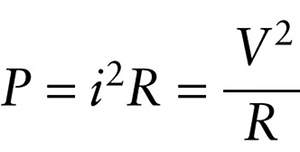Power for a resistor (18-24)
Question 1 of 4
Question
Resistance of the resistor
{"title":"Power into a resistor","description":"Wrong","type":"incorrect","color":"#99CCFF","code":"[{\"shape\":\"poly\",\"coords\":\"82,133\"},{\"shape\":\"rect\",\"coords\":\"10,16,12,16\"},{\"shape\":\"poly\",\"coords\":\"144,22\"},{\"shape\":\"rect\",\"coords\":\"2,63,33,111\"}]"} {"title":"Current through the resistor","description":"Wrong","type":"incorrect","color":"#ffcc00","code":"[{\"shape\":\"rect\",\"coords\":\"87,67,107,110\"}]"} {"title":"Voltage across the resistor","description":"Incorrect","type":"incorrect","color":"#333300","code":"[{\"shape\":\"rect\",\"coords\":\"233,24,273,70\"}]"} {"title":"Resistance of the resistor","description":"Correct!","type":"correct","color":"#000080","code":"[{\"shape\":\"rect\",\"coords\":\"128,63,162,108\"},{\"shape\":\"rect\",\"coords\":\"243,101,284,141\"}]"}Review
Figure 21-2 graphs the voltage V(t) as a function of time. The angular frequency ω of the voltage (in rad/s) is related to the frequency f of the voltage (in Hz) by the same relationship we used in Section 12-3 for simple harmonic motion:
ω=2πf
The period T of the oscillation is equal to 1/f. For example, in the United States and Canada ac voltage is applied at a frequency f=60 Hz, so the period of oscillation is T=1/f=1/(60 Hz)=0.017s and the angular frequency is ω=2πf=(2πrad) (60 Hz)=3.8×102 rad/s.
If we attach a source of ac voltage described by Equation 21-1 to a resistor of resistance R, we can still use Equation 18-24 to calculate the power that flows into the resistor:
.

